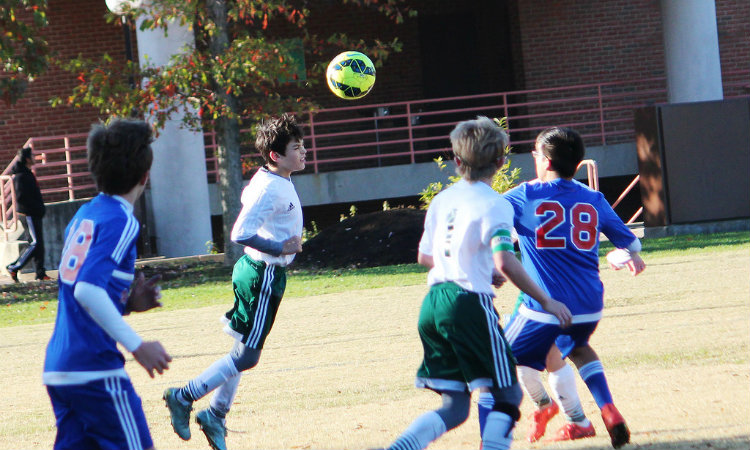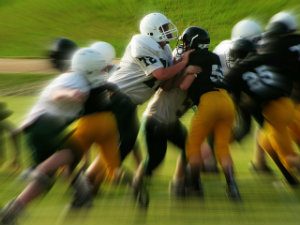Contact Us
Two Pershing Square 2300 Main Street, Suite 170 Kansas City MO 64108Two Pershing Square
2300 Main Street, Suite 170
Kansas City, MO 64108
Directions
Telephone: (816) 221-6600
Toll Free: 1 (877) 284-6600
Fax: (816) 221-6612

Sports are great for our children. They teach values, discipline, teamwork, achievement and even how to handle disappointment. However, as parents, coaches and school officials, we need to educate ourselves on how to prevent sports-related head injuries, such as concussions, and to recognize the signs and symptoms.
 A study by the American Academy of Pediatrics shows the number of sports-related concussions is highest in high school athletes, but they are significant and on the rise in younger athletes.
A study by the American Academy of Pediatrics shows the number of sports-related concussions is highest in high school athletes, but they are significant and on the rise in younger athletes.
Sports-related concussions don’t just happen to professional athletes, such as football or soccer players. They also happen to our children, often in a place where we think of them as being safe — at school on the field.
When Safe Kids Worldwide looked at sports-related emergency room injury data for children ages 6 to 19 in 2011 and 2012 for 14 sports, it found that 12% of all emergency room visits involved a concussion.
 On a broader scale, according to the Brain Injury Research Institute, an estimated 1.6 to 3.8 million athletes annually suffer concussions. Protect The Brain breaks down sports concussion facts for all age groups:
On a broader scale, according to the Brain Injury Research Institute, an estimated 1.6 to 3.8 million athletes annually suffer concussions. Protect The Brain breaks down sports concussion facts for all age groups:
In many cases, symptoms may last only a couple of weeks; however, they can last for much longer or lead to long-term problems that can affect how your child thinks, acts, learns and feels.
According to the Youth Safety Alliance, 62% of injuries take place at practice. That means precautions should be taken both in the game as well as at practice, too.
Safety practice recommendations include:
“World-class athletes are a testament to what we can accomplish when we work hard and dream big,” said Deborah A.P. Hersman, president and CEO of the National Safety Council. “Many of us learn life-long teamwork and leadership skills from playing sports. Being mindful of safety can ensure big dreams are not dashed by preventable injuries.”
Contact the capable counsel you need now. One of our experienced staff will speak with you personally and provide you with a free, no-obligation case evaluation.
CONTACT US FOR A FREE REVIEW OF YOUR CASE
If you would like to receive news and blog updates on a regular basis, sign up to receive our email newsletter. Your email address will only be used to send you our newsletter and respond to inquiries.
Past results afford no guarantee of future results and each case is different and is judged on its own merits. The choice of a lawyer is an important decision and should not be based solely upon advertisements.
Photo credit: header via photopin (license)